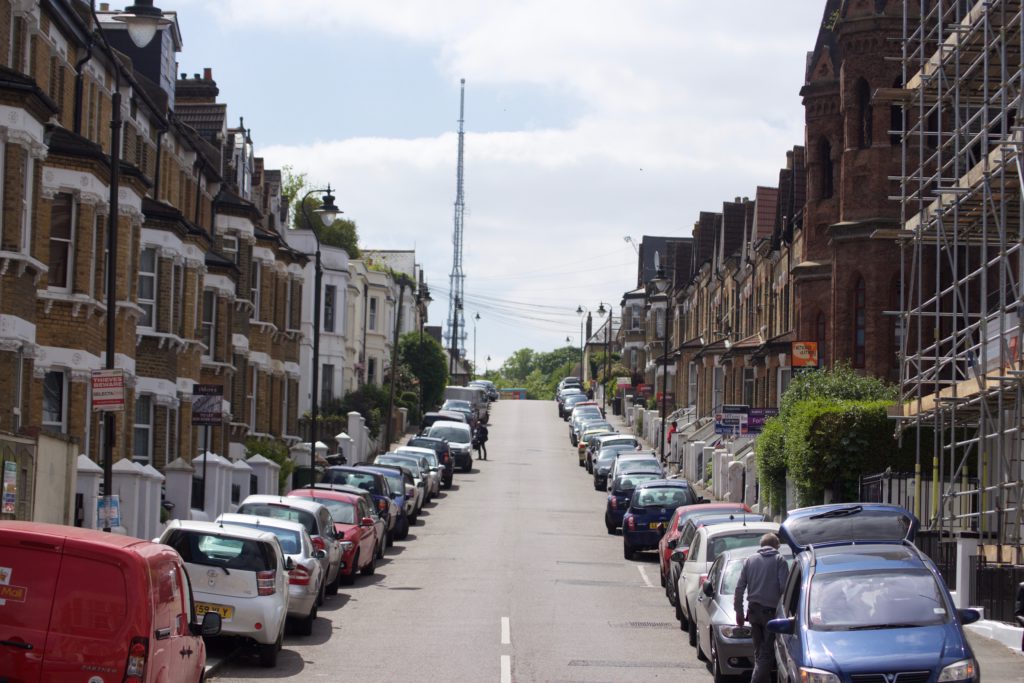Figures released by London First at its Building London Week event revealed that of the 26,458 new homes completed across the capital during 2017, only 3,278 were in Outer London, or just over 12%. That is despite the larger part of Greater London lying in these areas, despite land there being generally cheaper and despite increasing demand for new housing in many suburban territories as their populations grow and Inner and Central London have become ferociously expensive for private renters and first time buyers.
The finer detail of the figures, which were compiled for London First by Grant Thornton, underline the Inner-Outer contrast, showing that just 1,029 new homes were built in Zone 5 in 2017 compared with 12,943 in Zones 1 and 2. Sadiq Khan’s draft London Plan proposes pushing the numbers up by means of higher building densities around town centres and stations, though London First chief executive Jasmine Whitbread called on the Mayor to “get serious about holding these boroughs to account” and urged the boroughs themselves to free up more land.
There’s not much wrong with any of that but, as ever, both enthusiasm for new housing and resistance to it – and other forms of development – in Outer London can take forms that are as varied and distinctive and as the diverse dozens of settlements it comprises.
Note, for example, the differences in total housing outputs among Outer London boroughs recorded in the most recent London Plan monitoring report, showing data for net completions during 2015/16 (see chart on page 96). The totals for Croydon (1,832), Barnet (1,827), Ealing (1,619) and Havering (1,560), for example, weren’t much different from those for such as Hackney (1,859), Islington (1,956), or Southwark (1,510), while Kensington and Chelsea saw only a net 114 new properties finished during that financial year. So while Wandsworth (3,142), Tower Hamlets (2,881) and Lambeth (2,811) led the way, not all the suburban boroughs dragged their feet.
And, of course, the scale and style of local opposition to new housing are often influenced by the scale and style of new properties proposed. A quick sweep of recent debates and controversies provides possible lessons for boroughs seeking practical pathways through the conflicting pressures to, on the one hand, build more houses and, on the other, to prevent what some residents regard as greedy and unwelcome over-development.
A year ago, Hounslow’s planning committee unanimously turned down plans for a 32-storey residential tower next to the Chiswick roundabout by the M4 called Chiswick Curve. Like campaigners from the West Chiswick and Gunnersbury Society, officers thought it was too big, poorly designed, would blight local heritage sites such as Kew Gardens and would have lacked sufficient affordable homes. The Curve hasn’t gone away, but, while it’s easy to be wide after the event, might there have been a way to develop the site that would have avoided it being characterised as a “tower block threat” in the first place?
Meanwhile, to the east, in a very different part of town, Labour and Conservative politicians alike have long been debating how best to help the homeless and other home-seekers of Havering. Andrew Rosindell, Jon Cruddas and Julia Dockerill all advocate more, good quality housing at affordable prices whilst deferring to existing residents’ anxieties and protection of the Green Belt.
All that sounds reasonable. But might it also create quite a constricted corridor of acceptability when so many new homes are needed in Greater London as a whole? Green Belt sanctity is part of the issue here, and the Mayor, for political reasons that are sadly only too explicable, has gone out of his way to demonstrate his deference to it. How, though, can that stance be squared with getting anywhere near hitting a target of 66,000 new homes in London a year, when even an Outer London Conservative MP, Bob Neill, argues that the designation of some Green Belt land could certainly be reconsidered?
Outer London as a whole will have to provide a big part of the solution if housing supply across the city is to be significantly hiked towards meeting the demand for it. But getting to that point is going to require both sound appreciations of local sensitivities and some persuasive combinations of carrots, sticks and political bravery.
Photograph of residential street in Crystal Palace by Max Curwen-Bingley.

